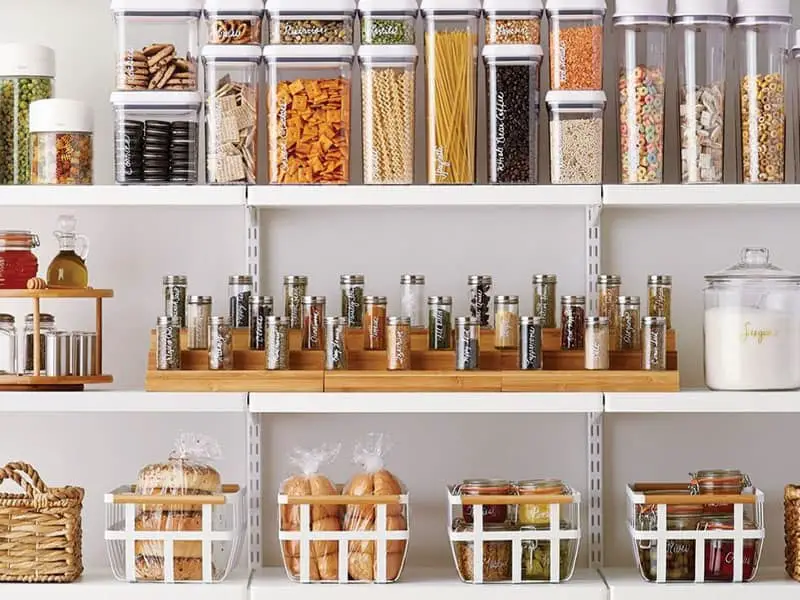Vacuum sealers are incredibly convenient when you want to store food and save money. While it is possible to find a large portion of foods that are non-perishable, the majority have expiration dates that can be extended by using a food sealer.
Understanding the process of vacuum sealing and how long it can remain on the shelf once sealed can be confusing. Lucky for you, this vacuum sealed food shelf life chart and other useful sealing information can help you along the way.
Why Choose Vacuum Packaging?
The most significant reason to use vacuum sealing is that perishable foods can maintain their freshness and shelf life three to five times longer than they naturally might. Vacuum sealing your food ensures that it doesn’t come in contact with any oxygen, and foods that are typically stored in the freezer no longer suffer from freezer burn.

If you choose to practice 
Kept at Room Temperature
Temperature plays a significant role when storing all types of food, and that includes vacuum-sealed foods. Here is a general guide to foods stored at room temperature:
| Kept at Room Temperature | Normal | Vacuumed |
|---|---|---|
| Breads and Rolls | Two to hree days | Seven to eight days |
| Cookies | 120 days | 300 days |
| Dried Food | 10 to 30 days | 30 to 90 days |
| Non-cooked Noodles | 180 days | One year |
| Coffee and Tea | 30 to 60 days | One year |
| Wine | Two to three days | 20 to 25 days |
| Non-alcoholic After Opening | Two to three days | Seven to 10 days |
| Chips and Snacks | Five to 10 days | 20 to 30 days |
| Baked Foods | Two to three days | Seven to 10 days |
| Nuts | 30 to 60 days | 120 to 180 days |
Kept in a Freezer
One of the worst things is putting your food in the freezer and having them suffer from freezer burn. Freezer burn can make your food dry, and it can remove a lot of the natural flavor that your food naturally has.
| Kept in a Freezer | Normal | Vacuumed |
|---|---|---|
| Fresh Meat | Six months | 18 months |
| Chicken | Six months | 18 months |
| Minced Meat | Four months | One year |
| Fresh Fish | Six months | 18 months |
| Fresh Vegetables | Eight months | Two years |
| Herbs | Six to 10 months | 18 to 30 months |
| Champignons | Eight months | Two years |
| Fruits | Six to 10 months | 18 to 30 months |
| Baked Products | Six months to one year | 18 months |
| Sandwich Meats | Two months | Four to six months |
| Ground Coffee | Six months | 12 to 34 months |
| Coffee Beans | Six to nine months | 18 to 27 months |
| Bread and Rolls | Six to 12 months | 18 to 36 months |
Conclusion
As you can see from the information above, having a vacuum sealed food shelf life chart can be highly beneficial.
To get the most out of your vacuum sealer, make sure that you take advantage of any information that you can find.
It’s essential to remember that just because you are sealing your food doesn’t mean that it’s going to last forever.
Consult with the user’s manual that came along with your food sealer, and you’re likely to find more information on how long your specific sealer can prolong shelf life.


I am having a hard time finding information about food storage life when using oxygen absorbers. Did I miss their mention in this article?
I add an O2 absorber prior to vacuum sealing. Will this add any more shelf life to stored food?